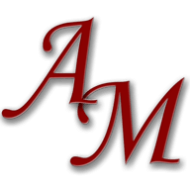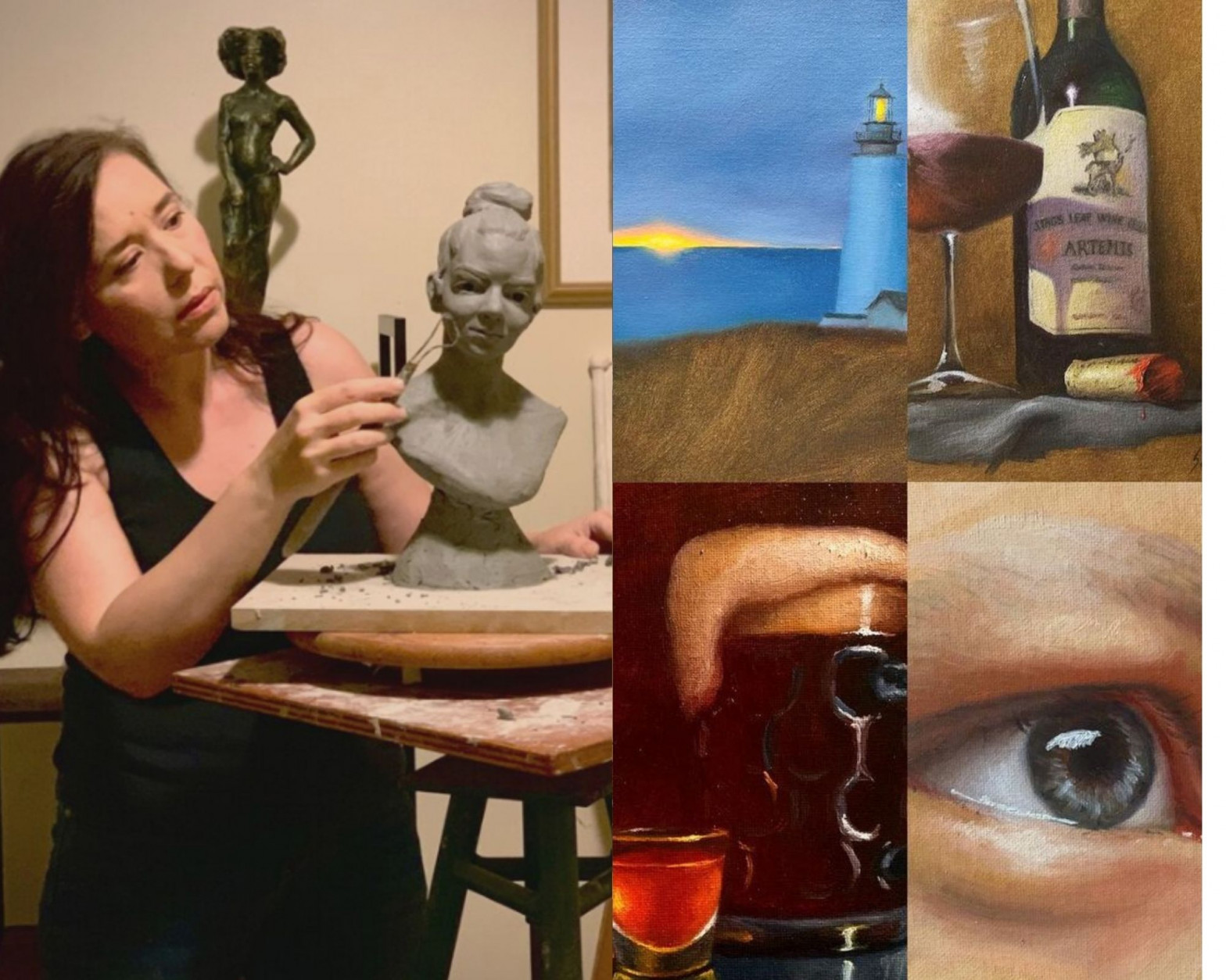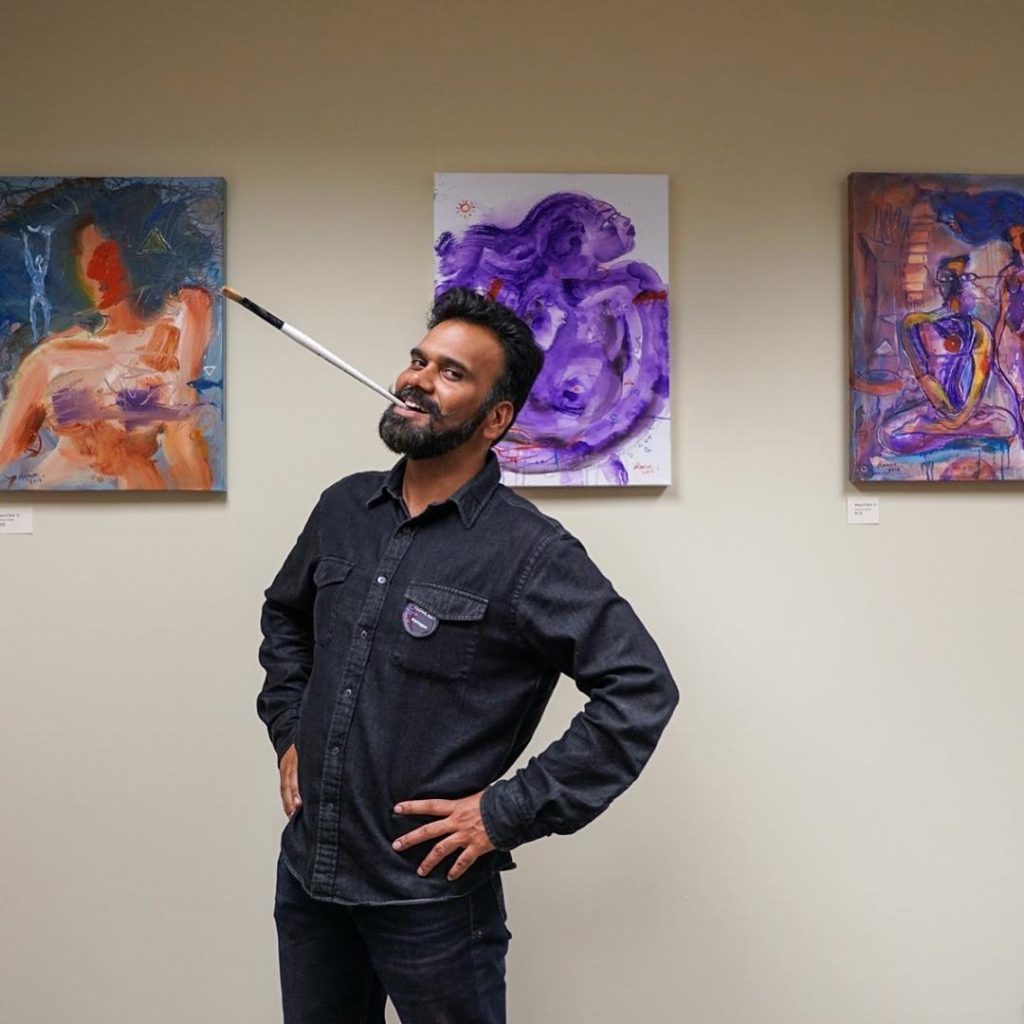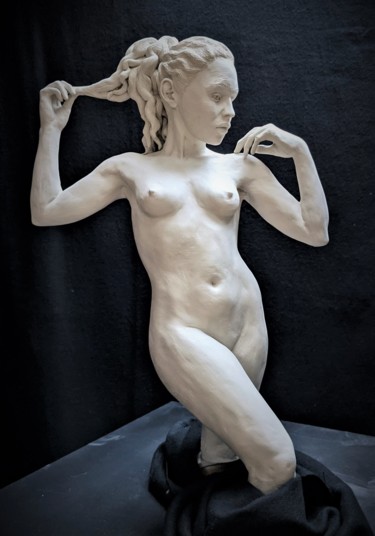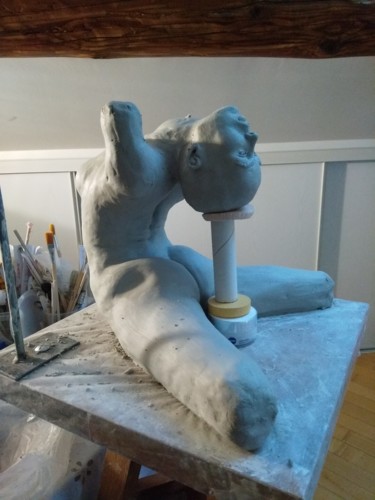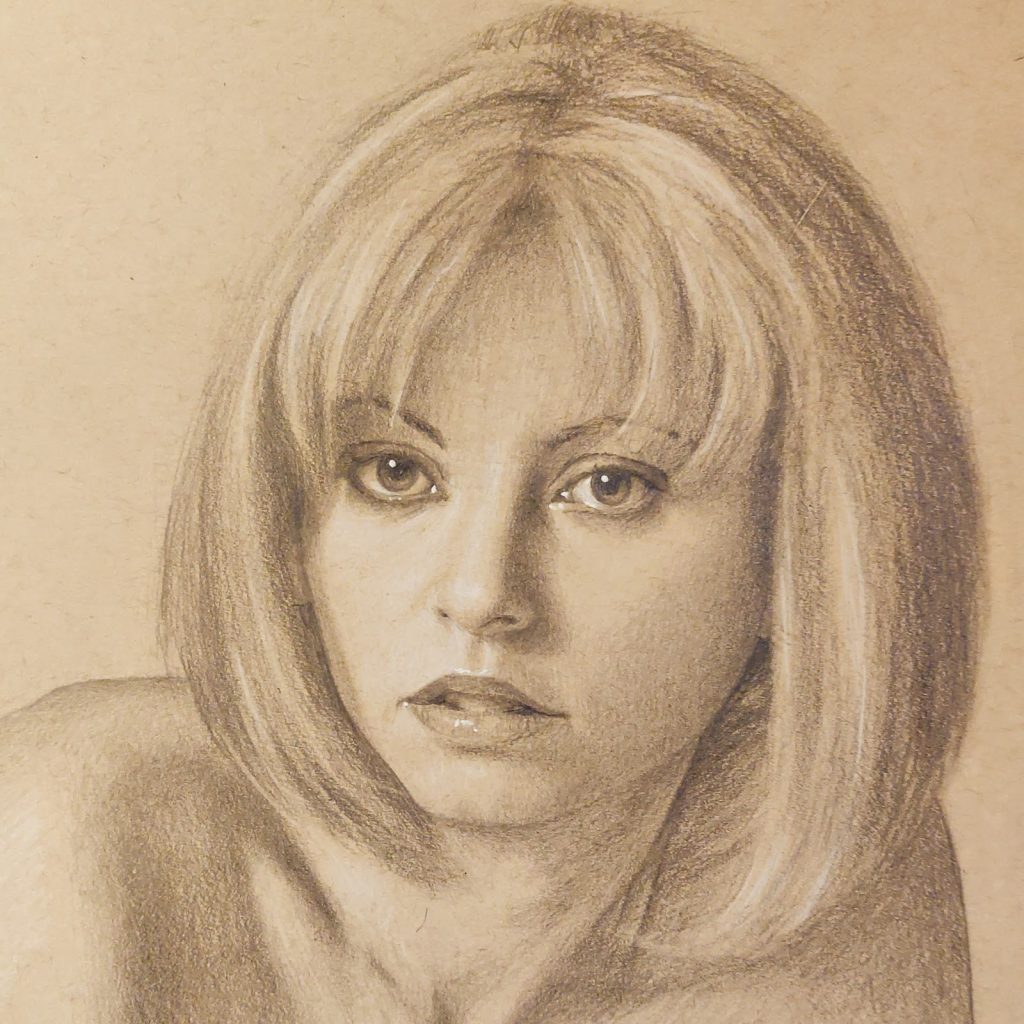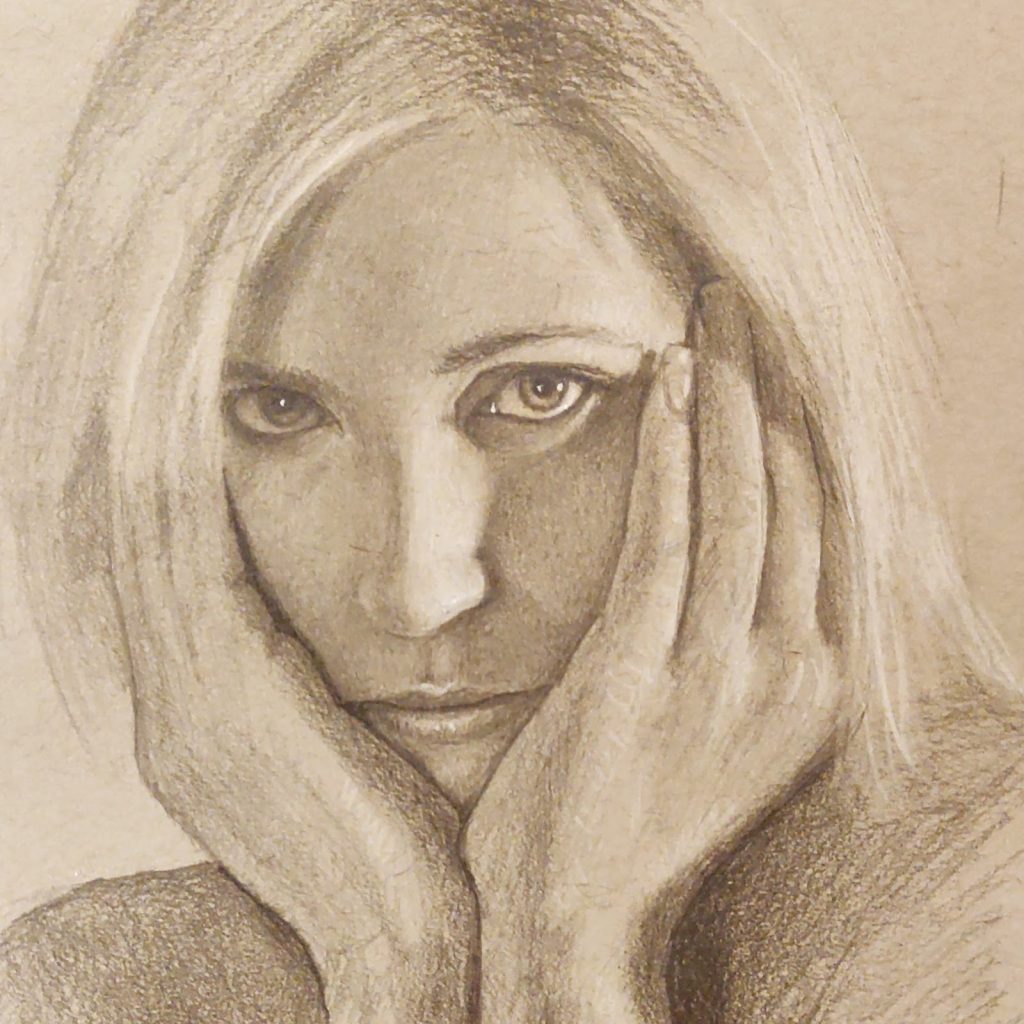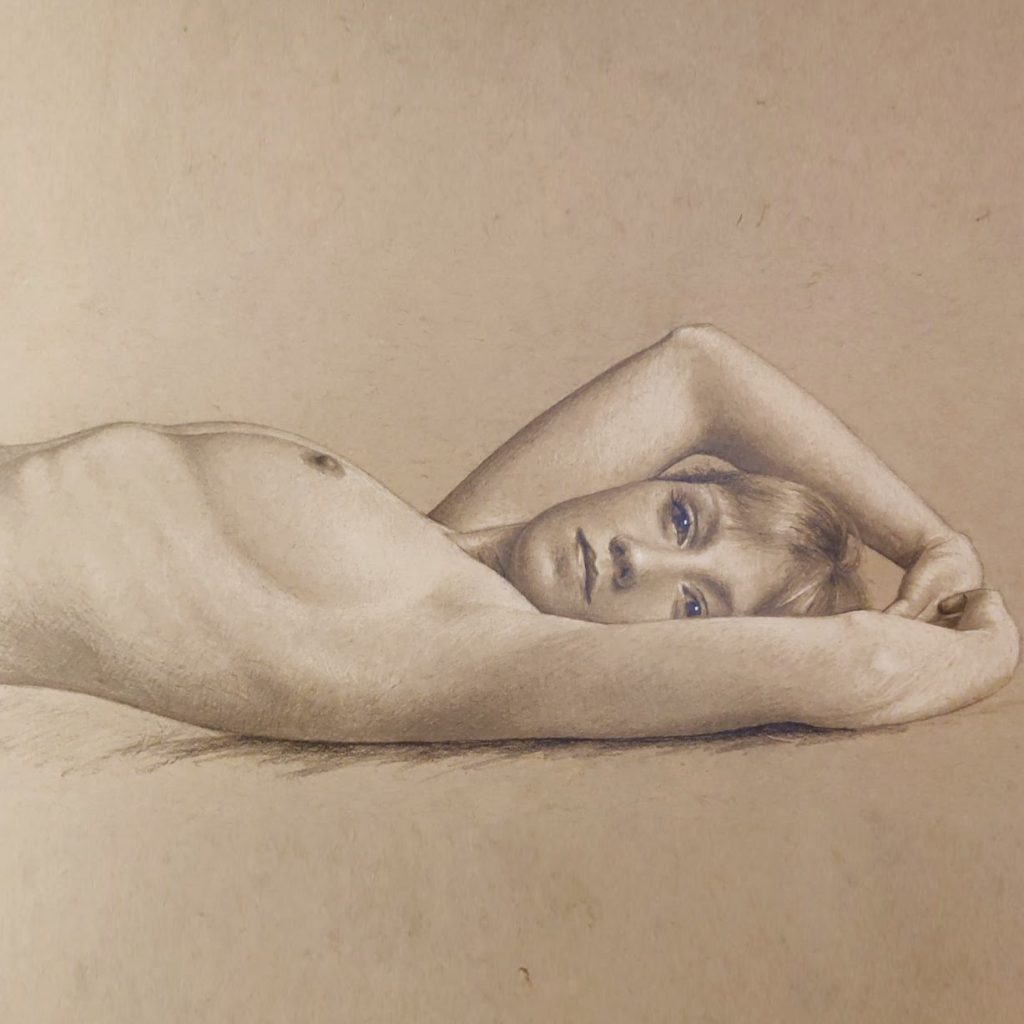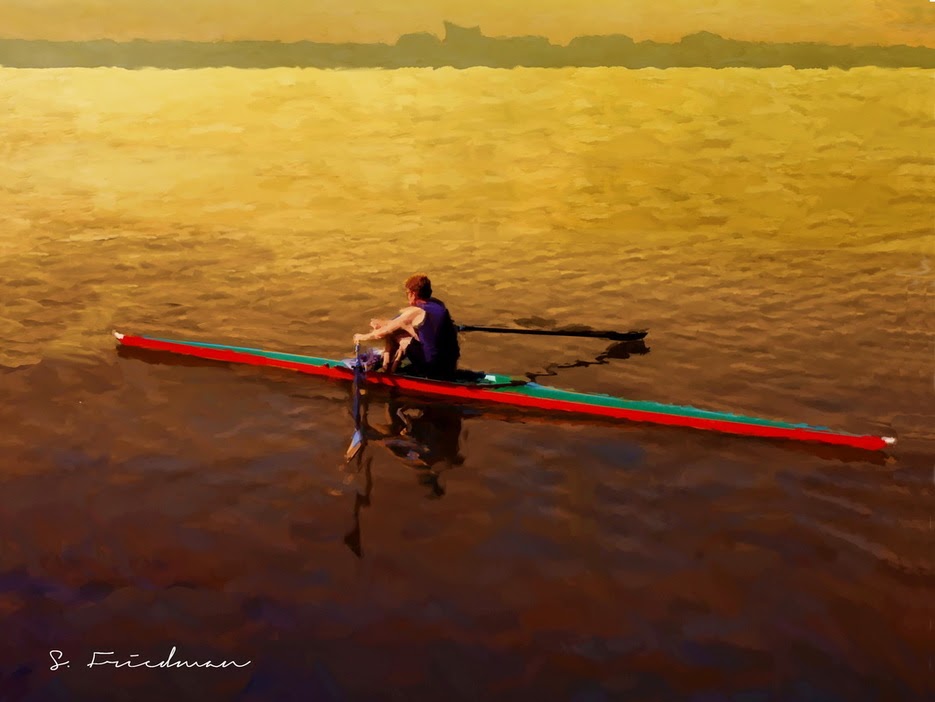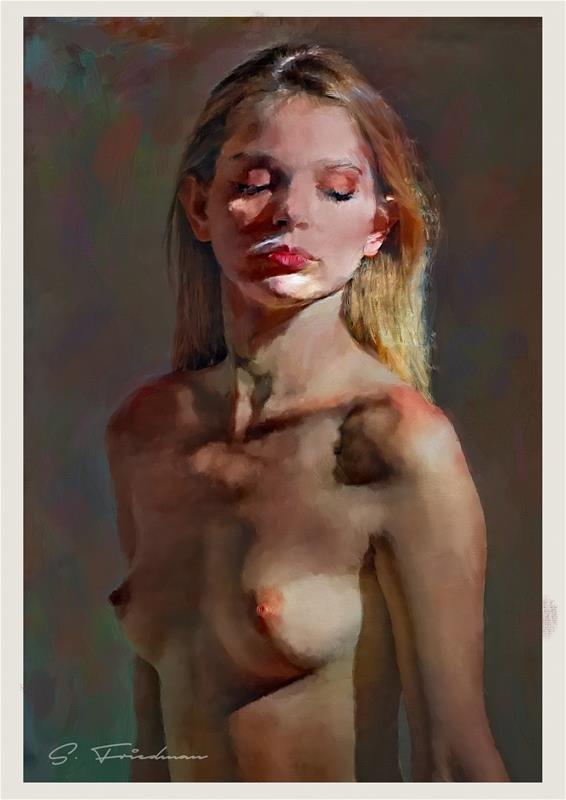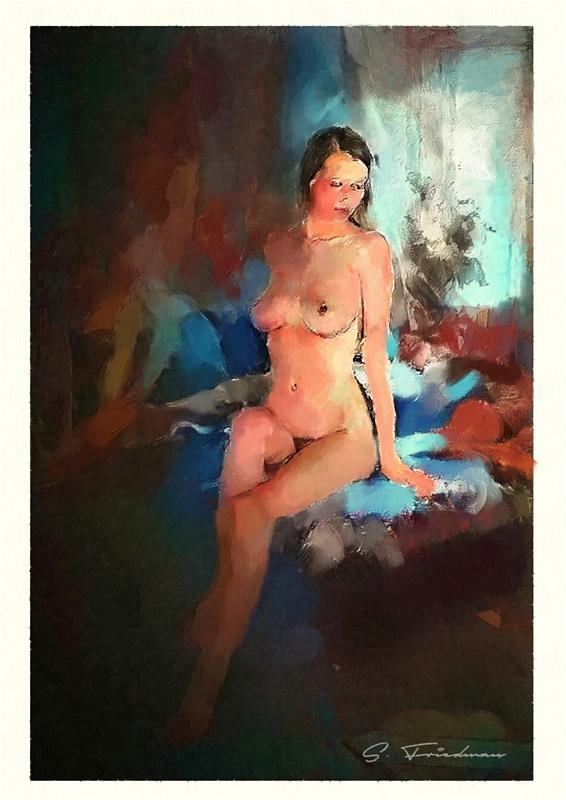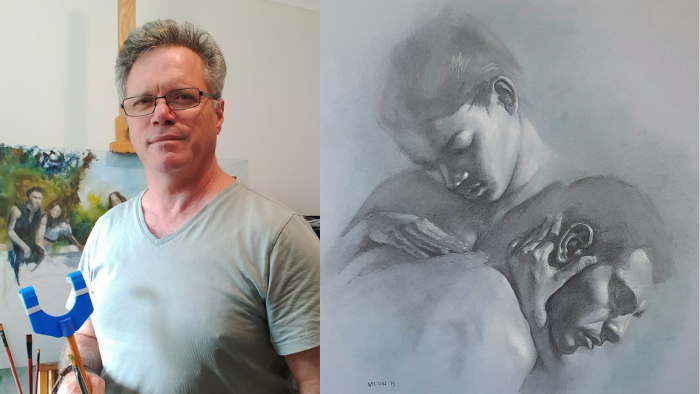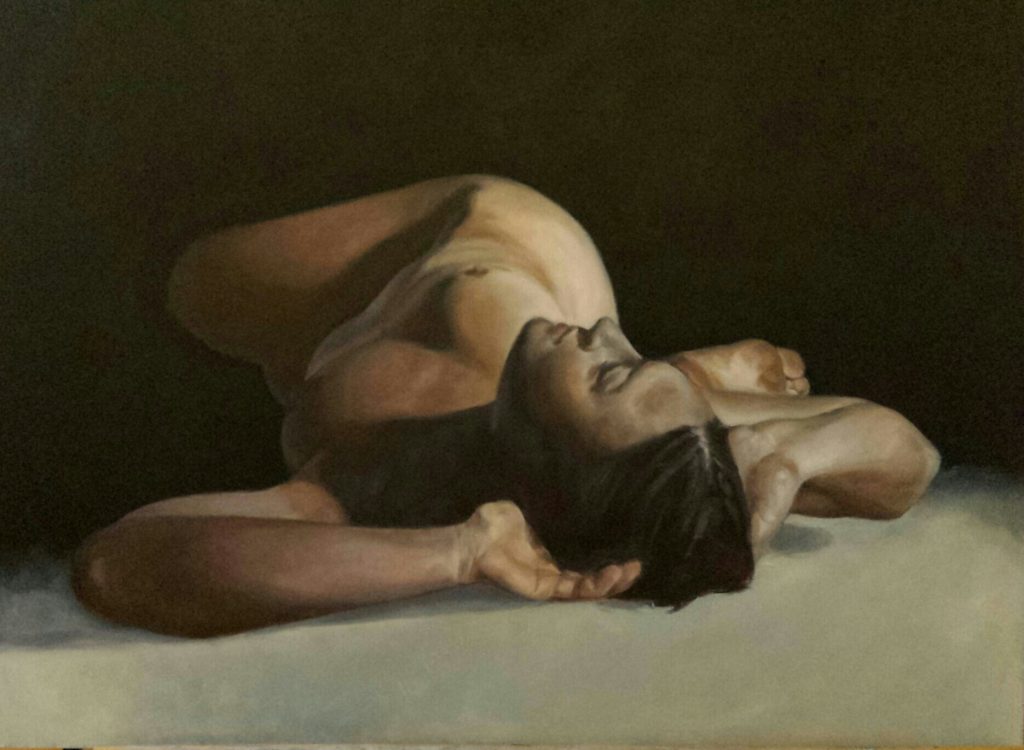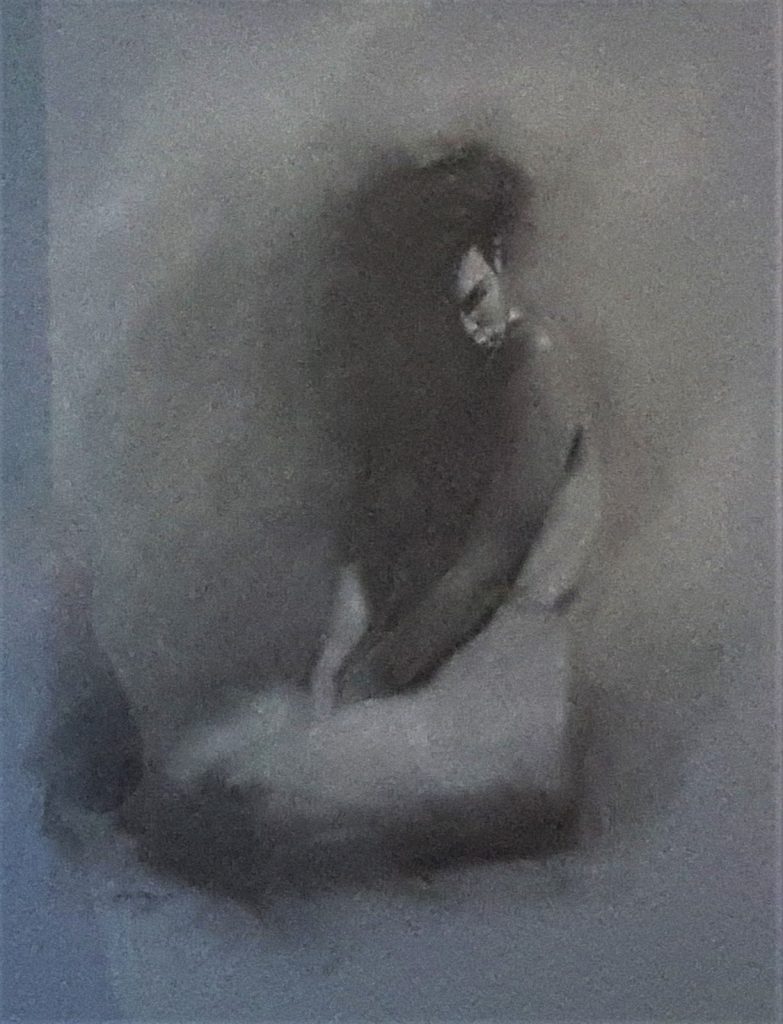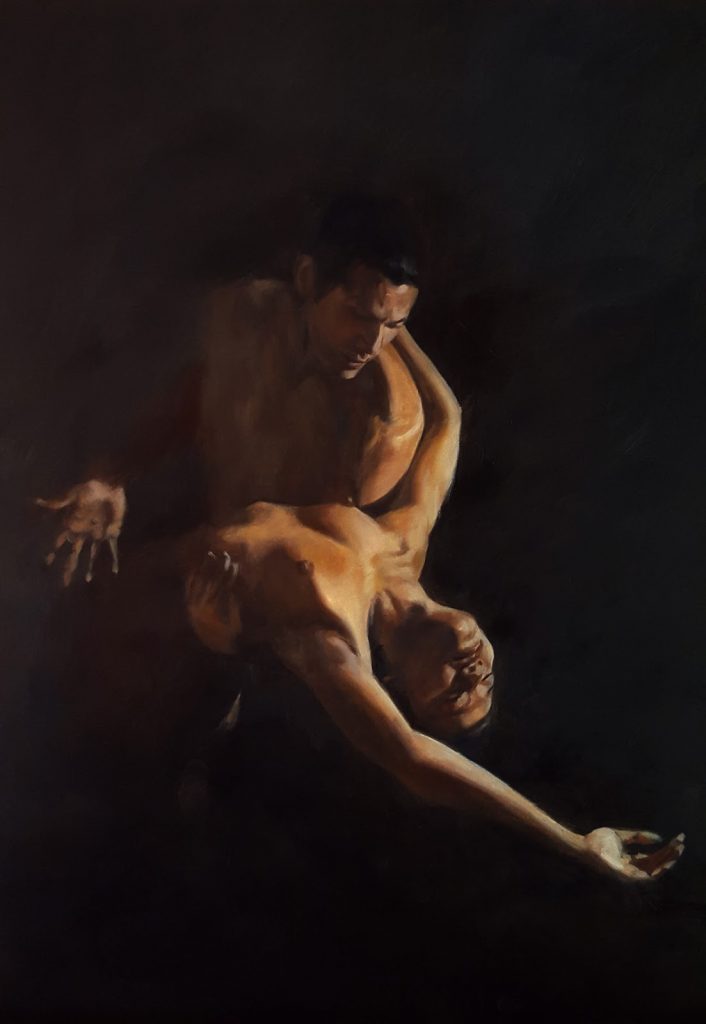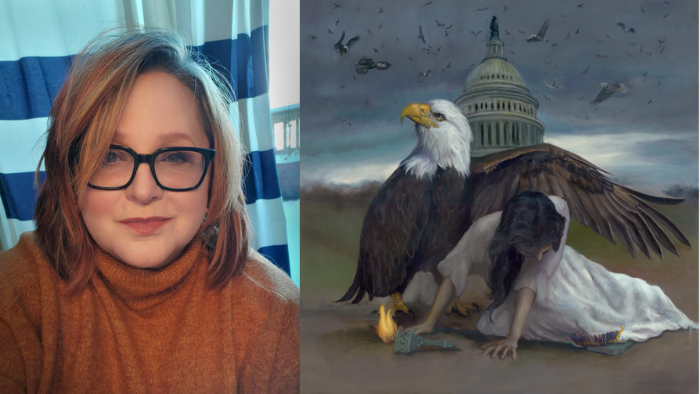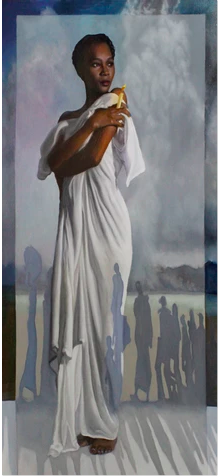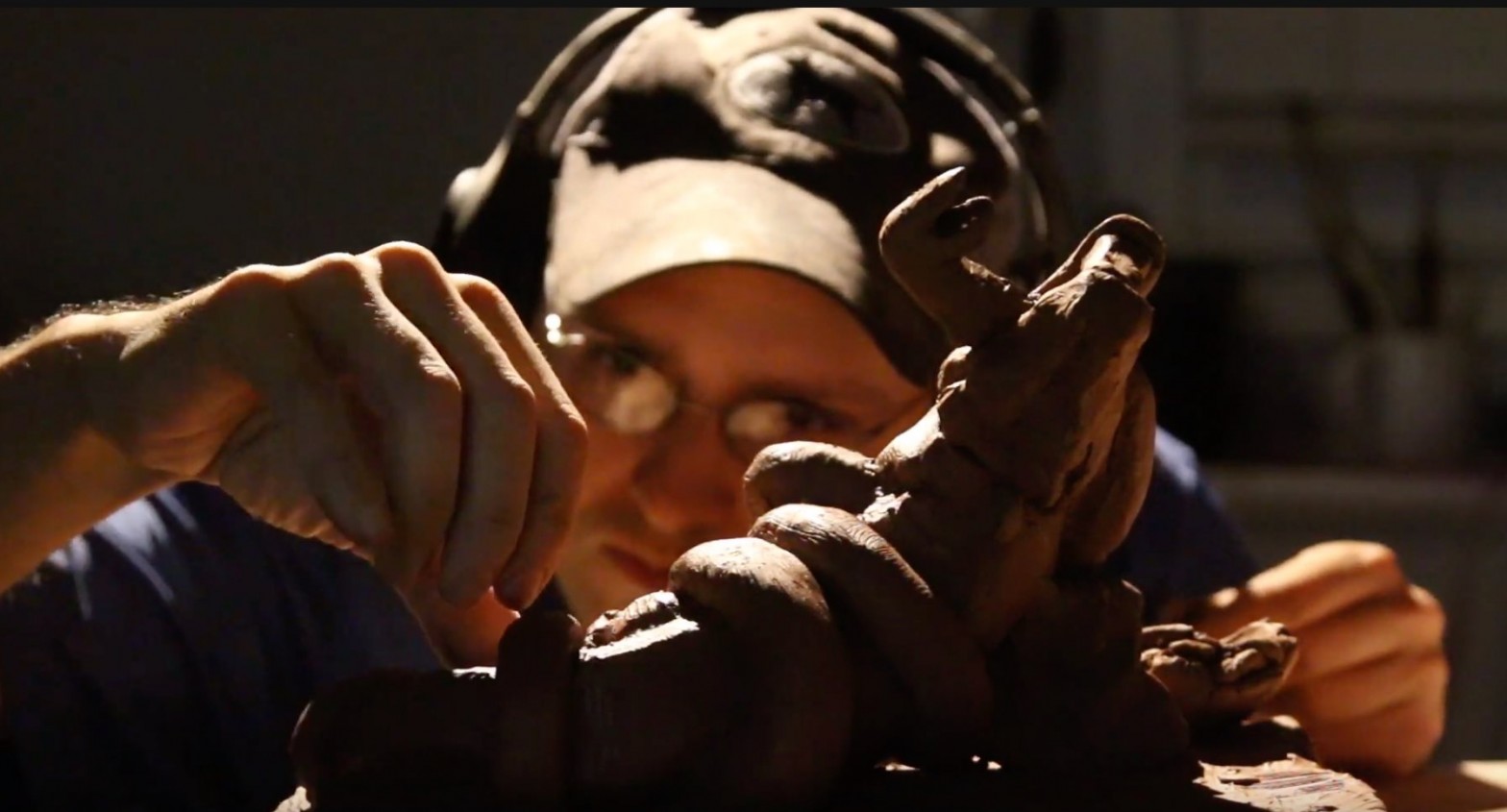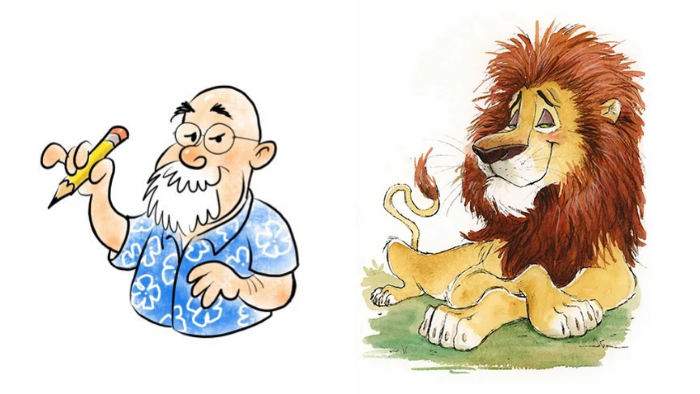“I always start a painting with an underpainting, which can be made of burnt sienna or raw umber. I also use yellow ocher or ultramarine, depending on the ambiance of the portrait.”
Claar Van Leent is an exceptional artist from The Netherlands, she began to draw at a very early age, and has dedicated her life to art since then in multiple ways. She specialized in portraits, and has a very sensitive eye to smoothly paint expressions.
When you look at her art, it is quite clear that she is always seeking to immortalize the essence of the people she paints. Some paintings are made live, others from photographs taken from the internet or other media, in any way, the result is beautiful , and worth sharing.

In this Q&A Dutch artist Claar Van Leent Shares with PoseSpace, her background as an artist, beautiful pieces of her artwork, what artist inspired her, her rituals for painting, and more.
Can you tell us about your background and how you got into art?
I was born in the Netherlands, a small country. As a child, I drew in my sketchbook at the zoo and landscapes nearby, a sketchbook that my two sisters and brother also got from our father. We received drawing and painting lessons from an early age.
Later, in my twenties, I went to a well known academy in Amsterdam. What first seemed a blissful period turned into a disappointment. The conceptual weft was a priority in the 1980’s, the craft was a neglected part of the skills, so I left the academy disappointed, then I completed another creative education elsewhere and started teaching children.
It wasn’t until 2014 that I started painting again, first at a fine-painting Academy to pick up the craft, later I followed many other courses and masterclasses at the New Masters Academy (Huntington Beach, CA) I also learned a lot from the online tutorials from Joseph Todorovitch, Bill Perkins and Steve Huston, and followed tutorials from Cesar Santos and David Shevlino.
I joined an Artists’ Association and I paint and draw weekly in a portrait and model group. I did not pick up painting again until late, just for that reason I hope to become very old!

What are your favorite mediums and why?
I like to paint in oil paint, I really like the ‘flowing character’ of oil paint and colors dry as applied. Acrylic paint gets darker when dried. That is a major disadvantage if you continue working on your painting. I also find the short drying time of acrylic unpleasant.
Charcoal also is a material I really enjoy working with. It offers endless possibilities, wonderful to swipe, to ‘draw’ with a kneaded eraser and to apply subtle refinements next to thick, firm lines and surfaces.

What do you think of PoseSpace? Do you have a favorite model?
Pose Space is my favorite website. Next to working with live models, this offers a wonderful addition. The models are well lit and professionally photographed over 360 degrees, and the offer is huge.
My favorite model is Anastasia. She has a classic face and is nicknamed the ‘Venus of Milo’ 🙂
But Ben, Ayame, Pepper, Alyssa, Eliot, and Shandra also are great models. And….. they are ‘very still’ too😀


What are your goals or aspirations as an artist?
Deepening the portrait, in color, background and composition, I can probably fill a lifetime with that.
Painting plein air is also a wish, for the time being as a hobby on a trip or during a walk. There are two sayings, one by Renoir and one by Van Gogh that hang in my studio….
Renoir “This drawing took me five minutes to make, but sixty years to do so”.
Van Gogh “Doing small things well is a step towards doing big things better”.
How do you start a work — do you have any rituals?
I always start a painting with an underpainting, which can be made of burnt sienna or raw umber. I also use yellow ocher or ultramarine, depending on the ambiance of the portrait, sometimes I work it out in detail, but just roughly in three tones also.
I usually listen to classical music, get my palette ready, pick my brushes, and then I work in 30 minute sessions. Every 30 minutes I stop briefly, watch from a distance, and then continue working.
And when I start to get tired I stop. In the past I often kept going, and could then ruin my work done during the entire day in fifteen minutes.

Do you have a favorite living artist, whether famous or completely unknown?
I visit many exhibitions in the Netherlands and I admire many artists from art history. Van Sorolla, Van Gogh, Bonnard, Singer Sargent, Anders Zorn and Mancini… and many more. I also study material to improve myself.
Some living artists who work I admire are: Ray Turner (US) for his brushstroke and special use of color. The portraits of Mustafa Özel (Turkish) have a firm brushstroke but with a delicate appearance.
Two Dutch painters that I really appreciate are: Jantien de Boer for her smooth touch and warm colours and Svetlana Tartakovska (originated Ukrain) at whom I took masterclasses.
She is a classically trained painter and understands better than anyone how to convey the complicated matter of color, tone value and saturation, driven and endlessly patient.

website: www.claarvanleent.nl
Instagram: @claarvantleent
